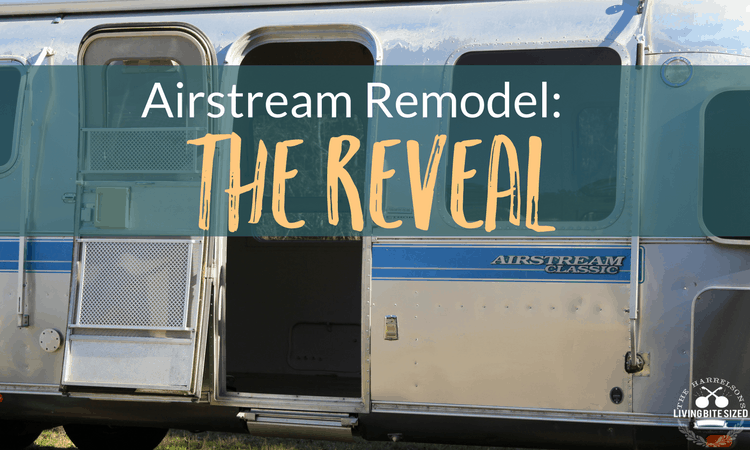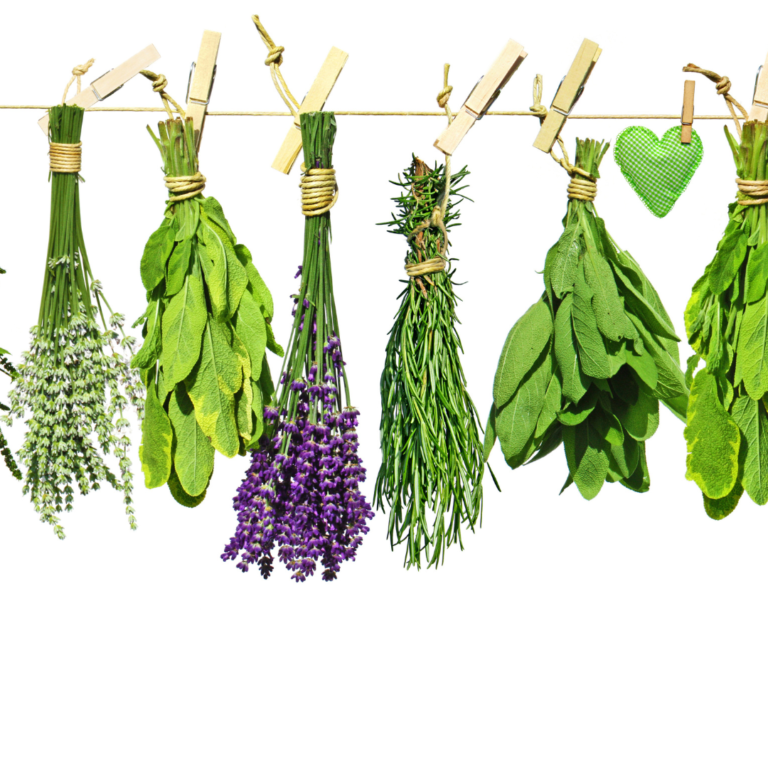8 Tools You Need to Do Your Own Basic Sewing
This post may contain affiliate links. Read the full disclosure here.
Learning to sew is a practical way to practice self-sufficiency – but that’s not the only benefit! There are lots of reasons to consider taking up sewing, even if you just begin with simple fixes. You don’t need much to get started. Here are 8 tools you need to do your own basic sewing.

Why learn to sew?
Whether you’re a homesteader who’s trying to become as self-sufficient as possible or you simply want a creative outlet, there are so many ways that learning basic sewing skills can be beneficial. Here are a few:
Sewing saves money
Whether you’re doing basic fixes or creating your own beautiful quilts, sewing can definitely save money. Sewing allows you to get the maximum amount of life out of your belongings. When you can fix your own clothing and household fabrics, you’ll find yourself turning to the store much less often.
Sewing can save time
Purchasing new items that could simply be fixed takes time! It includes research and trips to the store that could be avoided by fixing the items you already have. In addition, if you learn to sew well enough to do your own adjustments and alterations, you can also save time during which you would have otherwise had to go to the tailor.
Sewing is sustainable
Sewing increases the life of your clothing and keeps it out of the landfill as long as possible. How often do you throw a pair of jeans or a shirt away because they’re starting to tear? By catching tears and putting a few stitches in them or adding a patch, you can get a longer life out of the items you already own.
Sewing is a creative outlet
Sewing is a wonderful way to express your creativity. There’s just something beautiful about sitting down to make something with your own two hands.
Sewing allows you to make things to your taste and style
Have you ever seen a clothing style that you loved, but couldn’t find it for sale anywhere? Need curtains for your new kitchen, but can’t find them in the right size or color? Sewing allows you to create what you need in the color, style, and size of your choice.
Does doing your own sewing save money?
In many cases, sewing can definitely save money. However, this is not always the case. Learning to sew does take some initial investments for tools, though they will generally pay off over time. Whether or not you will save money by sewing depends on the items you choose to make.
If you’re fixing your own clothing or other household items rather than purchasing new ones, this is an excellent way to save money on sewing.
On the other hand, purchasing fabric and patterns in order to make new clothing, quilts, or other projects can add up.
Here are some ways to save money on sewing:
- Search for inexpensive fabric at garage sales or thrift stores (be sure to always wash your fabric before use)
- Choose the right projects (such as simple fixes, free patterns, and smaller projects that don’t require many yards of purchased fabric)
- Use up your fabric scraps. Keep your scraps organized and don’t let them go to waste! Fabric scraps are excellent for making quilts or small projects.
- Make extra to sell. If you’re making a common household item such as an apron, plastic bag holder, potholders, or tote bag, perhaps you can make more than one and sell the extras to cover your cost. There are hundreds of easy sewing projects that are perfect for selling at craft fairs or online!
8 tools you need to do your own basic sewing
Here are the most important tools to start out with if you want to do your own basic sewing.
Pins and pin box
Pins are used to hold your pieces together, and they will certainly get plenty of use! Make sure to also get a pin box or pincushion to hold your pins.
Fabric scissors
A good pair of fabric scissors is a must for cutting your fabrics. Make sure to only use your scissors on fabric and thread. Protect them from kitchen or craft use, which will dull the blade.
Seam ripper
All seamstresses will use a seam ripper at some point, no matter how careful you are! Seam rippers allow you to carefully remove any misplaced stitches without ruining your fabric.
Iron and ironing board
If you don’t already have an iron and ironing board, you’ll want to collect these in order to do some basic sewing. It’s important to have flat, smooth fabric before sewing in order to get straight, precise lines and correct fits.
Make sure to test your fabric by ironing a small section first. An iron that is too hot for a particular fabric type can leave a mark or potentially even ruin the fabric, so start slowly.
Thread
Whether you’re machine sewing or hand sewing, you’ll need a collection of thread. Start with a few basic colors. For general sewing, Coats & Clark Dual Duty All Purpose Thread works well.
Hand sewing needle
Hand sewing needles are different from machine needles. You’ll want a collection of hand sewing needles on hand for simple fixes, such as patching small tears in clothing or other items.
Sewing tape measure
A flexible tape measure is ideal for taking sizing measurements, as it’s easy to wrap around the body. You can also take basic fabric measurements with this tool.
Sewing machine
While many basic fixes can be done with simple hand sewing, if you want to get into larger projects, you’ll need to invest in a sewing machine sooner or later. When it comes to sewing projects such as clothing, blankets and quilts, or curtains, you’ll definitely find it worthwhile to have a machine. You can find a good starter machine for around $200 or less. Here are some of the best sewing machines for beginners.
Want to learn more about homesteading and self-sufficiency?
Collecting the tools needed to do your own basic sewing is just the tip of the iceberg when it comes to self-sufficiency. No matter where you live – whether in the country or an apartment – there are always more ways to become more self-sufficient. For more ideas, check out this list of apartment homesteading ideas that anyone can do!

See our Airstream Remodel Reveal here!






